In this video we discuss the 4 different levels of protein shape, as we cover primary, secondary, tertiary or the third level, and quaternary or the fourth level. We also discuss the denaturation of protein and some things that cause it. Protein shape There are 4 different levels of protein structure, or protein shape. Primary, secondary, tertiary or the third level, and quaternary or the fourth level. The primary or 1st level of protein structure is a chain like or linear sequence of amino acids joined by peptide bonds as you see here. The secondary or 2nd level has 2 shapes, an alpha helix or coil like formation, or folded pattern called a beta sheet. In both of these structures hydrogen bonds between the amino acids stabilize the shape of the protein. The tertiary or 3rd level of protein structure involves more folding and bonding of the secondary structure. The coils may even touch each other as some covalent bonds form from the sharing of electrons between different amino acids, but most of these twists and folds occur from the result of ionic bonds between positively and negatively charged r groups of amino acids. The quaternary or 4th level is where clusters of more than one polypeptide chain link together to form a giant molecule. Many different types of bonds may be formed within this structure. The shape of a protein is important, for instance, fibrous proteins are extended linear proteins that are part of ligaments, tendons and muscles, and globular proteins fold into almost spherical shapes and have their hydrophobic or water fearing r groups buried deep within the core, and their hydrophilic or water loving r groups extended out into the water when in an aqueous environment. Proteins take their shape based on the job they are required to perform and some have moving parts that are important to their functions. Proteins can have their structure or shaped by denaturation. When this happens, the protein is no longer able to carry out its job. Denaturation can take place because of change of temperature, change in pH, or in the presence of certain hazardous chemicals.

Protein Shape – Levels Of Protein Structure – Shape Of Proteins – What Is Protein Denaturation
- Post author:
- Post published:May 15, 2021
- Post category:Uncategorized
- Post comments:0 Comments
You Might Also Like

How to Do Leg Lifts or Leg Raises

Provillus Spray for Men Hair Loss Treatment Reviews

Take B Vitamins and Have Acne? Then You Must Watch This Video!
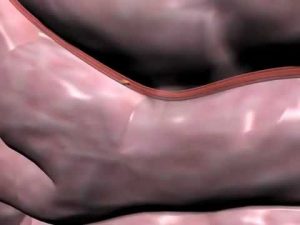
physical symptoms of high blood pressure

One Hand Triceps Extension-12
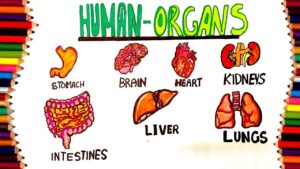
HOW TO DRAW HUMAN INTERNAL ORGANS

What The Color of Your Urine Says About Your Health

Minute Body | WILD OUTDOORS – Jump Squats

How To: Standing Lat Pushdown (Cable Machine)
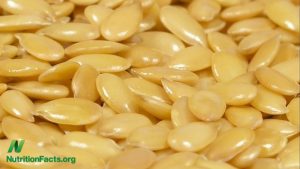
Preventing Arthritis

Pregnancy Exercises Video – 1
Shrugs-8
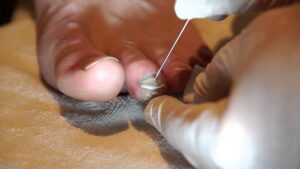
How to drain a subungual hematoma (blood blister beneath the toenail)

Neuropsychiatry Video – 4
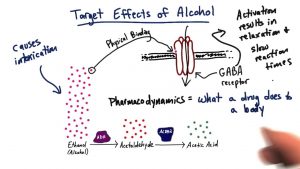
Pharmacodynamics – Tales from the Genome

Geriatrics Video – 2

Decline Bench Press-1
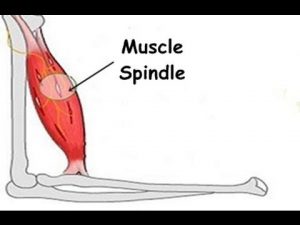
What is the Stretch Reflex or Myotatic Reflex?

The Effect Of Medical Grade Pharmaceuticals

Endocrine System Stop Motion

Thyroid Profile – T3, T4 and TSH Explained
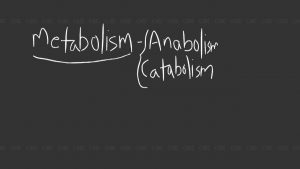
What are metabolic processes

Lying Tricep Extensions (with Swiss Bar)

What Are Your Strengths (Hindi): Interview Skills

The Different Types of Fats

Orlistat Meaning

16 Inner Thigh Exercises to DEVELOP the Adductor Muscles

Diazepam Nursing Considerations, Side Effects, and Mechanism of Action Pharmacology for Nurses

Modicare Multi Vitamin Multi Mineral tablets demo

How to Eat One Meal a Day (OMAD) – The Basics

Dumbbell Chest Workout (INCOMPLETE WITHOUT THIS!)

Foods to Cure Rheumatoid Arthritis | Including Antioxidants, Calcium & Omega 3 Rich Foods

Dumbbell Supinated Press – HASfit Shoulder Exercise Demonstration – Anterior Deltoid Exercises
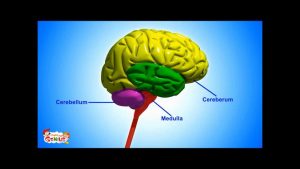
Brain Parts & Functions video for Kids from www.makemegenius.com

Anorectal Abscess (General Surgery) – Overview
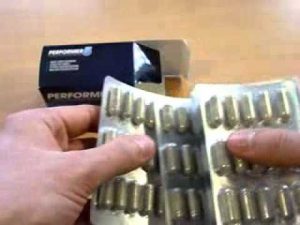
Performer 5 Pills – Increase Semen & Sperm Volume

Testosterone & Androgenic Effects Video – 23

Yoga Counciling Video – 1
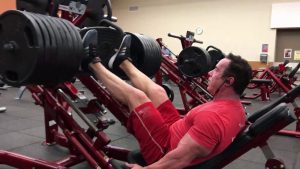
HIGH INTENSITY SHORT DURATION EXERCISE GETS YOU LEAN NOT CARDIO

Body Relaxation Exercise

Thyroid System Animation

